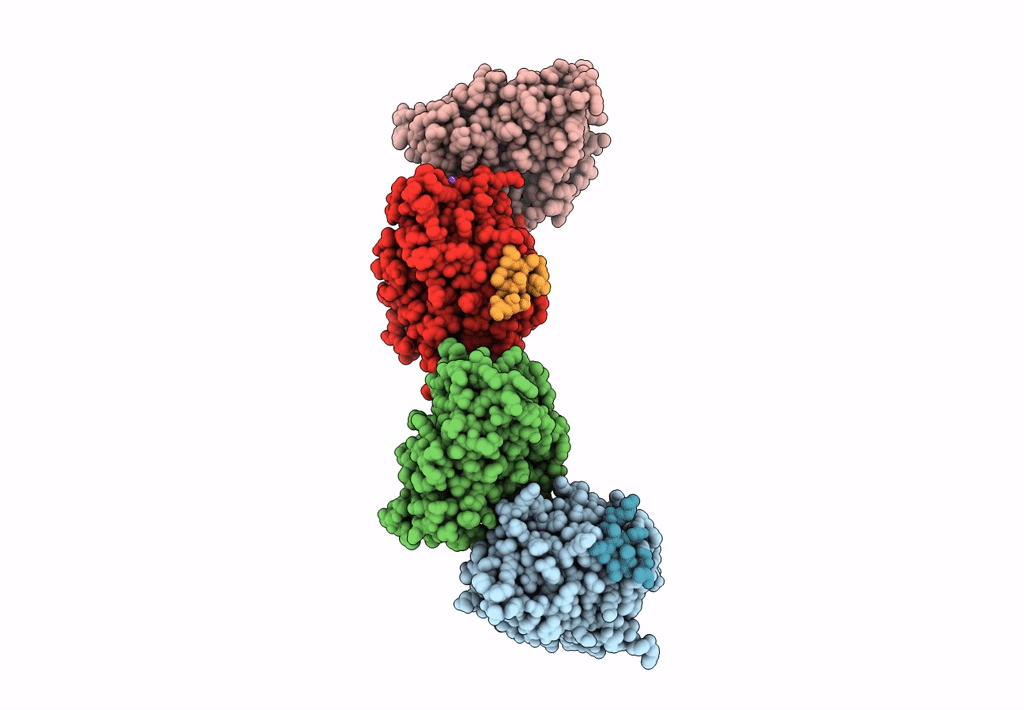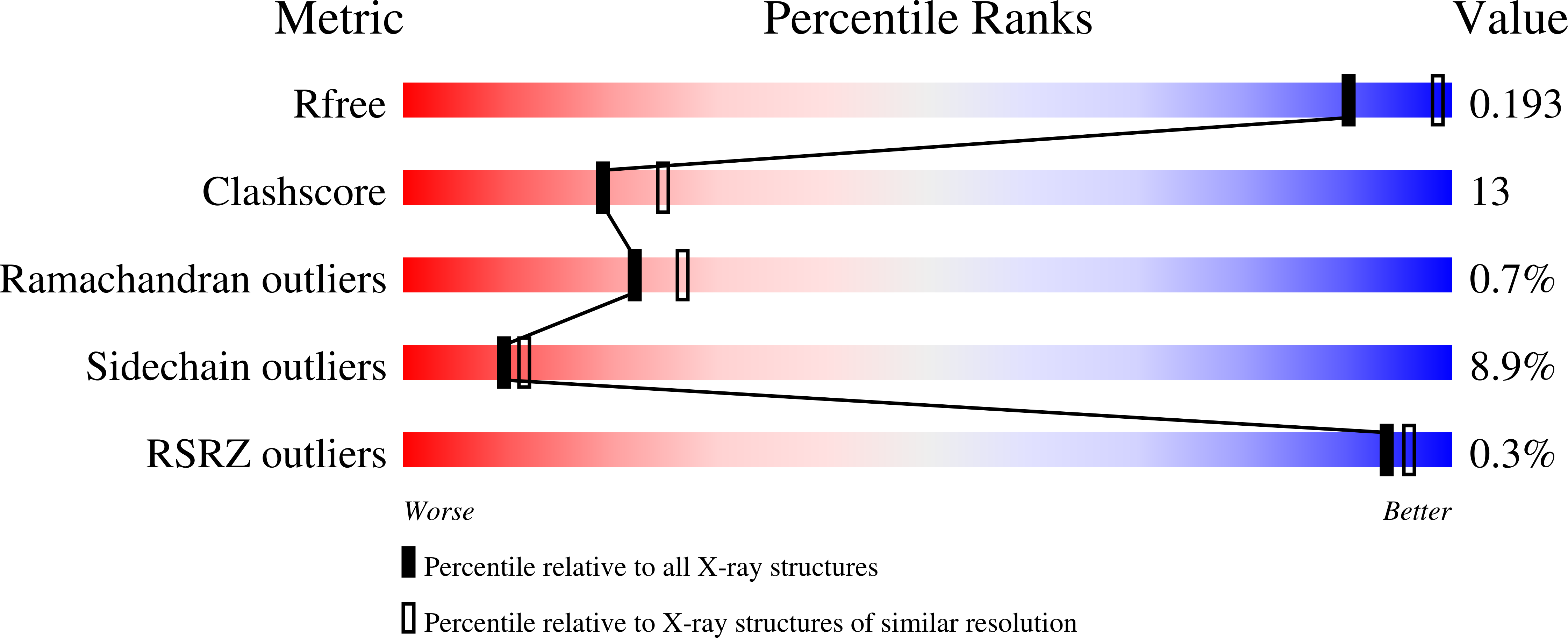
Deposition Date
2022-02-15
Release Date
2022-12-07
Last Version Date
2024-01-31
Entry Detail
PDB ID:
7YXD
Keywords:
Title:
Crystal structure of WT AncGR2-LBD bound to dexamethasone and SHP coregulator fragment
Biological Source:
Source Organism:
unidentified (Taxon ID: 32644)
Homo sapiens (Taxon ID: 9606)
Homo sapiens (Taxon ID: 9606)
Host Organism:
Method Details:
Experimental Method:
Resolution:
2.30 Å
R-Value Free:
0.22
R-Value Work:
0.17
R-Value Observed:
0.17
Space Group:
P 31


